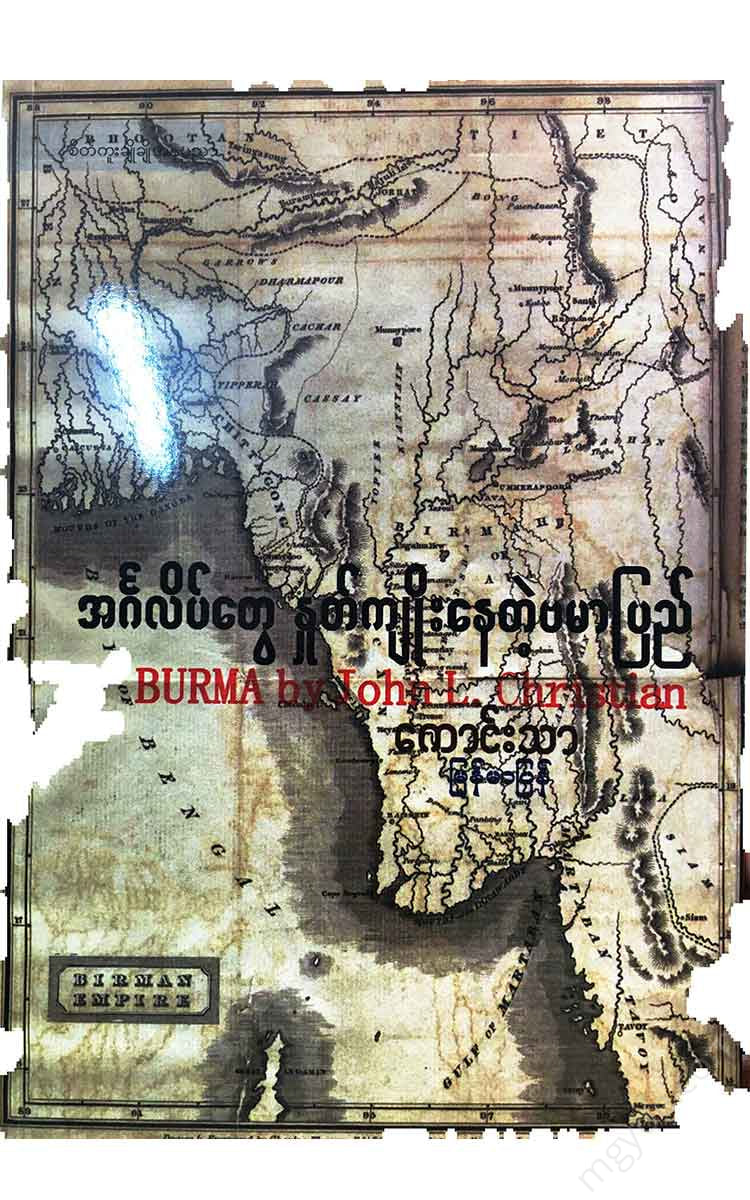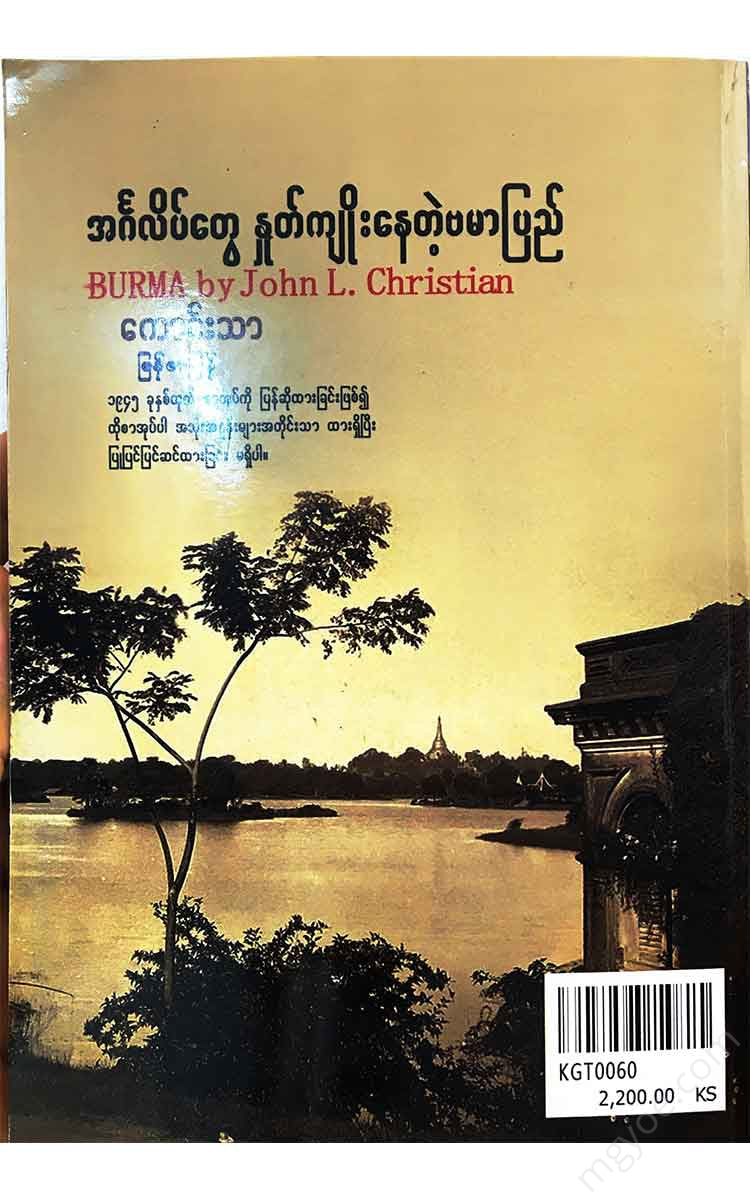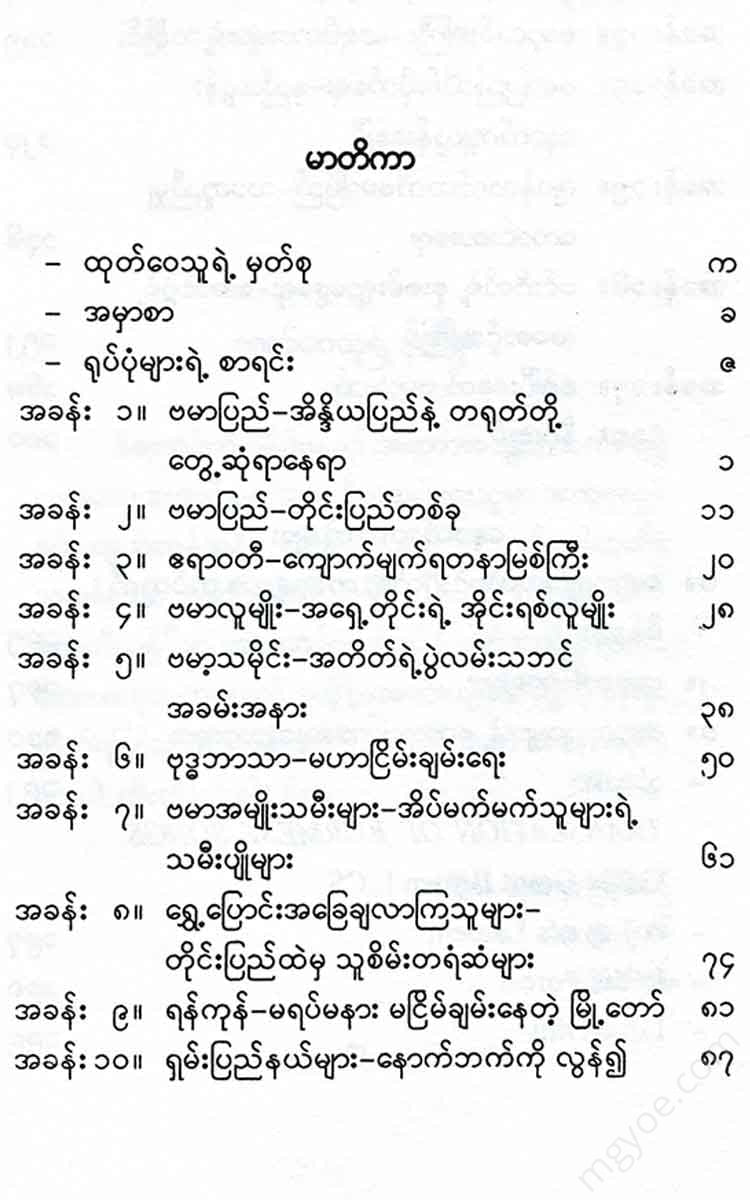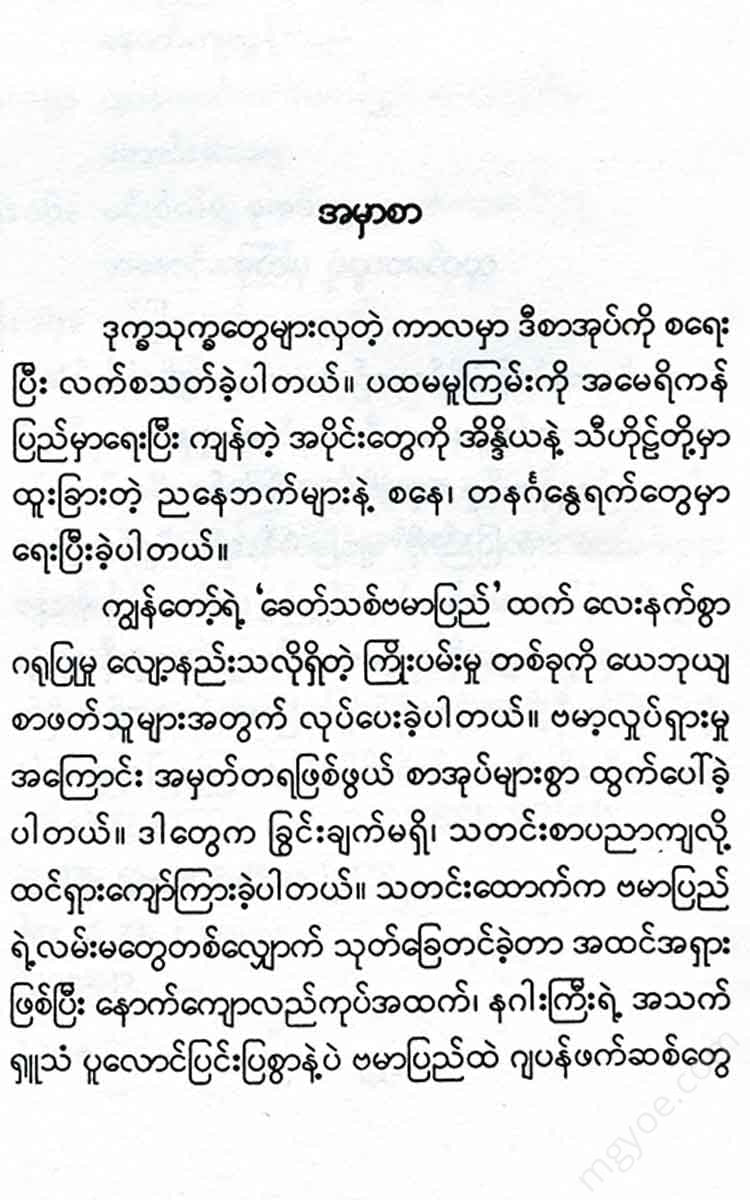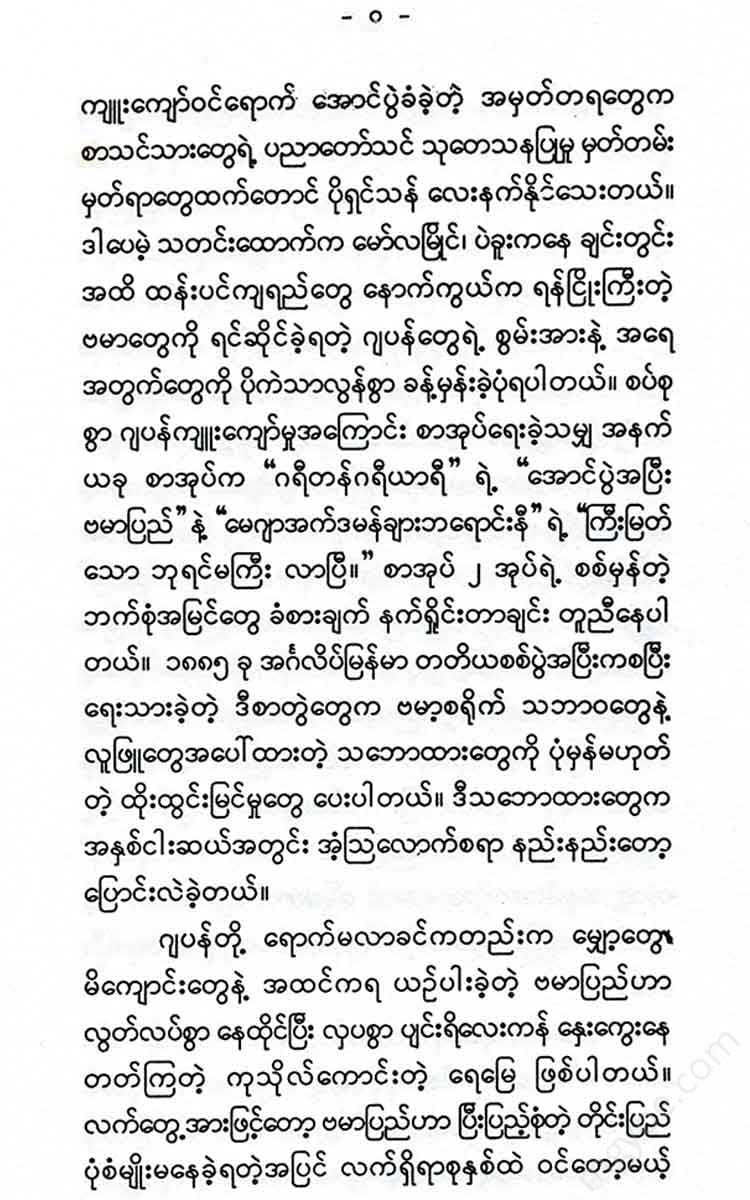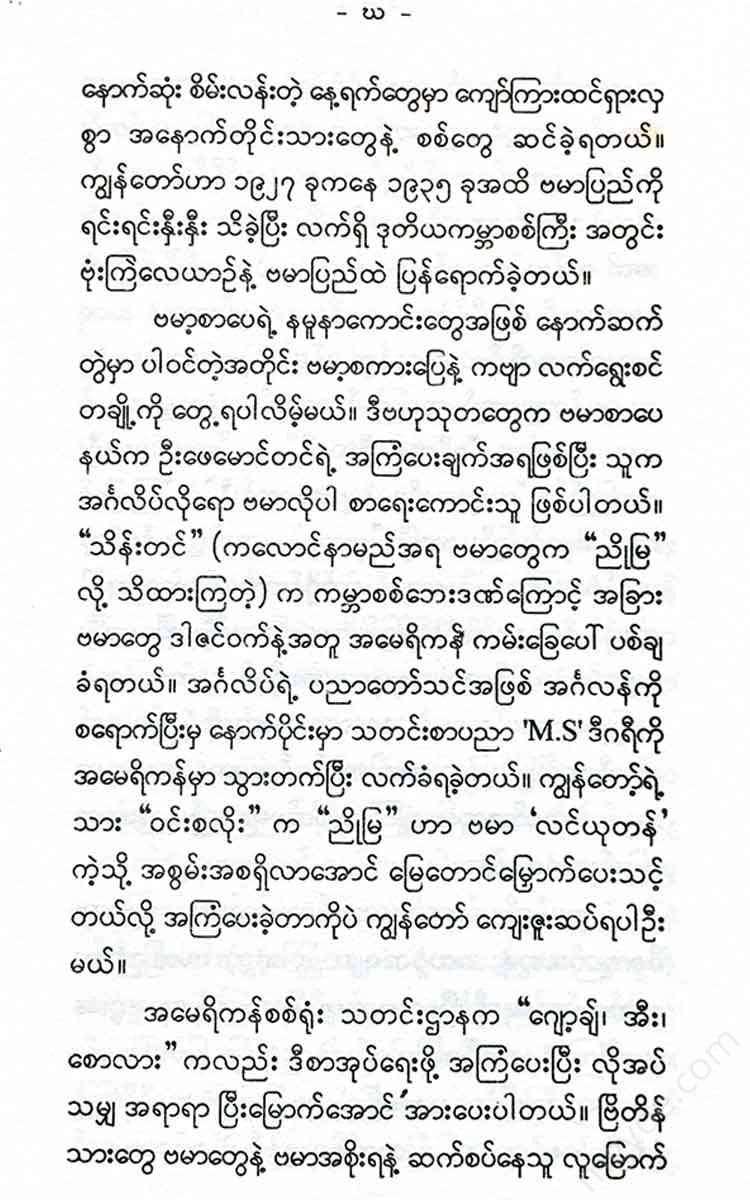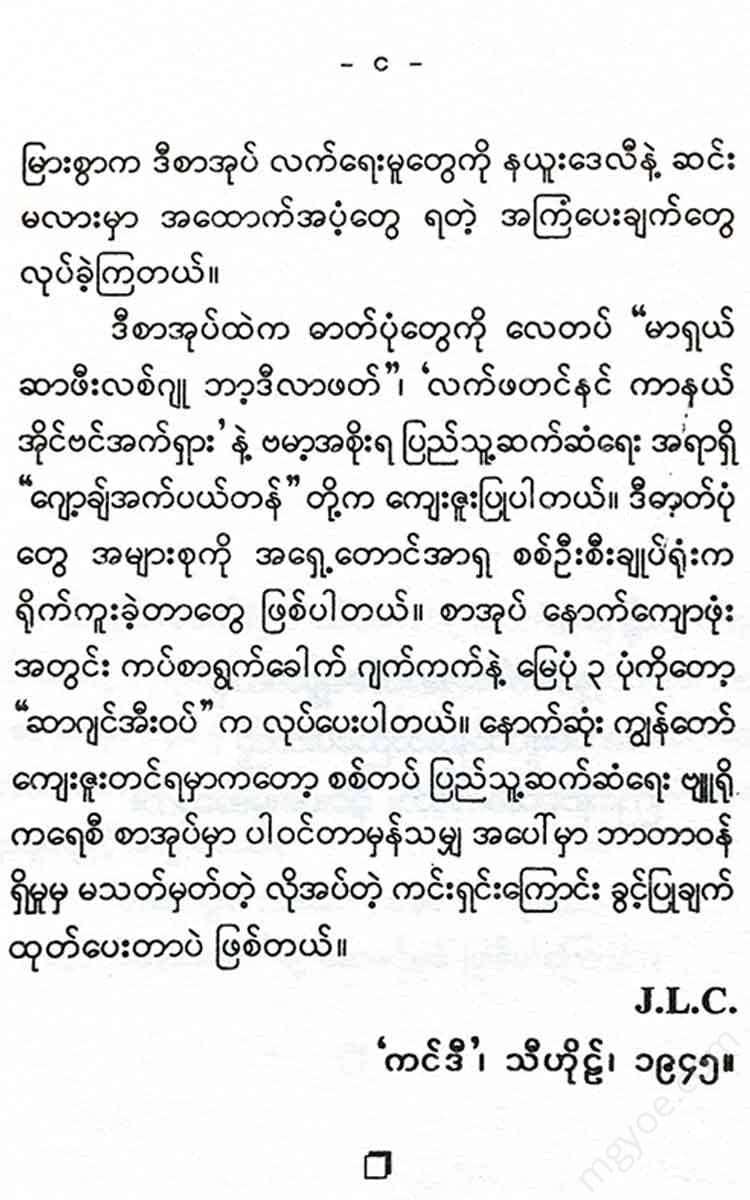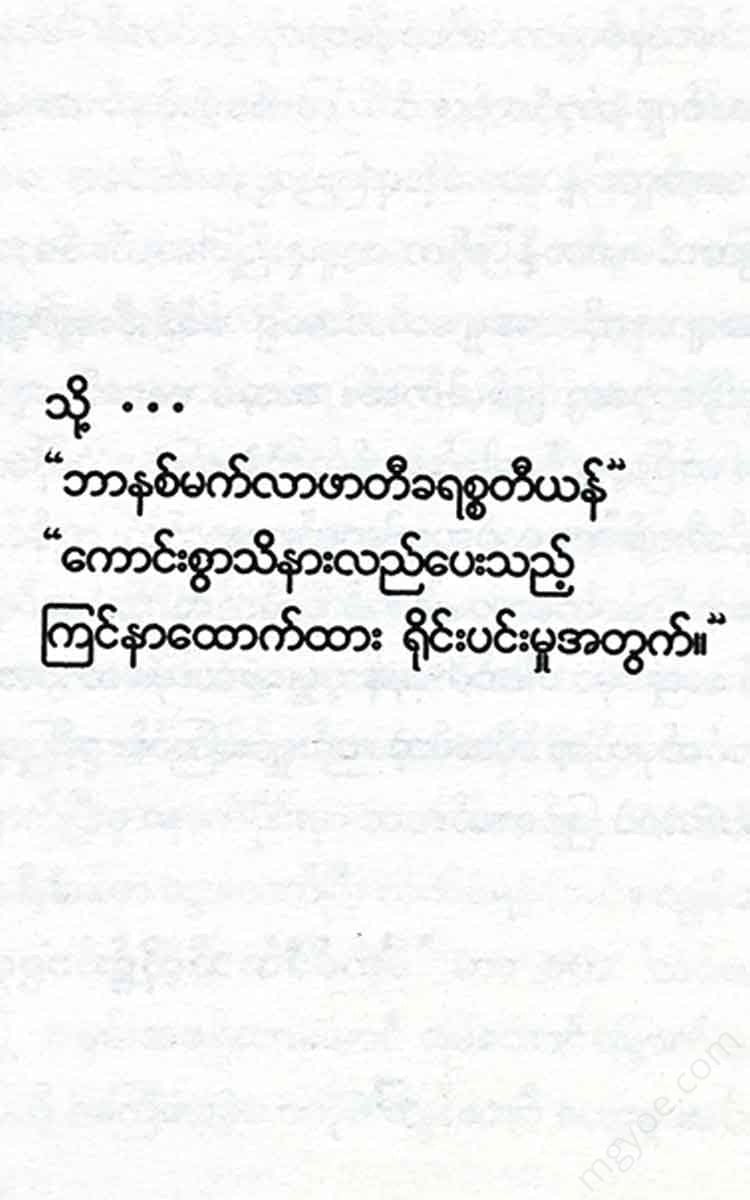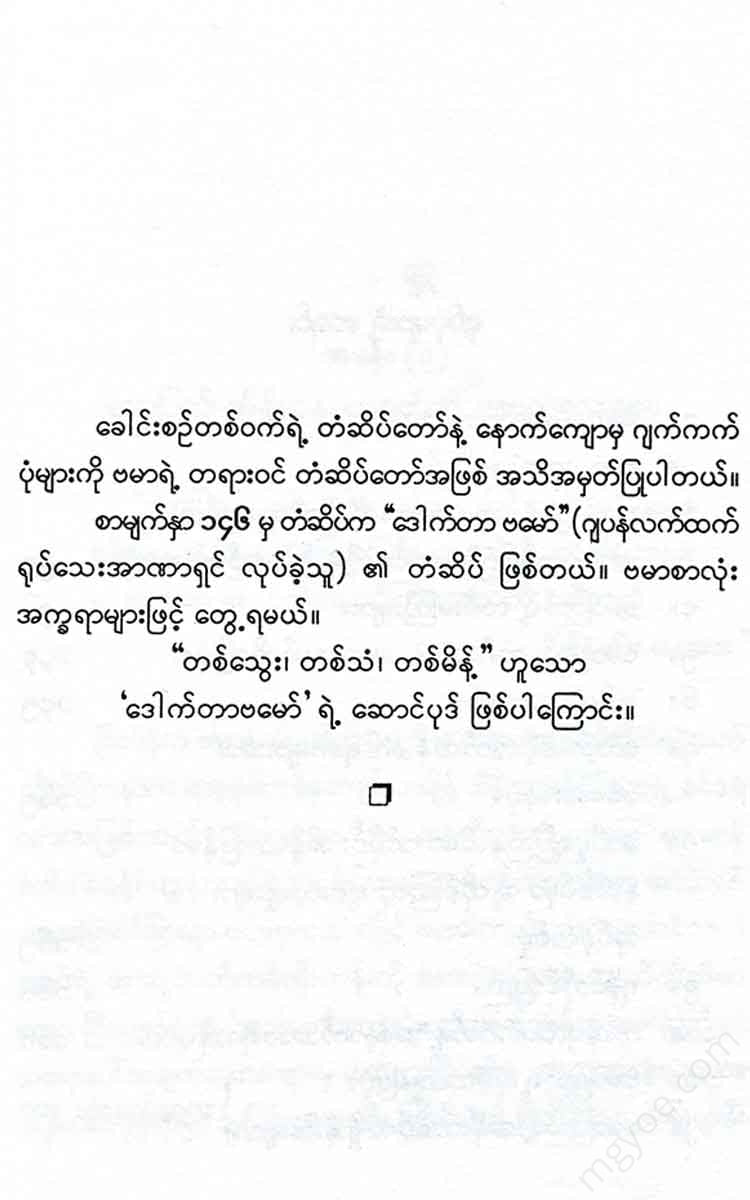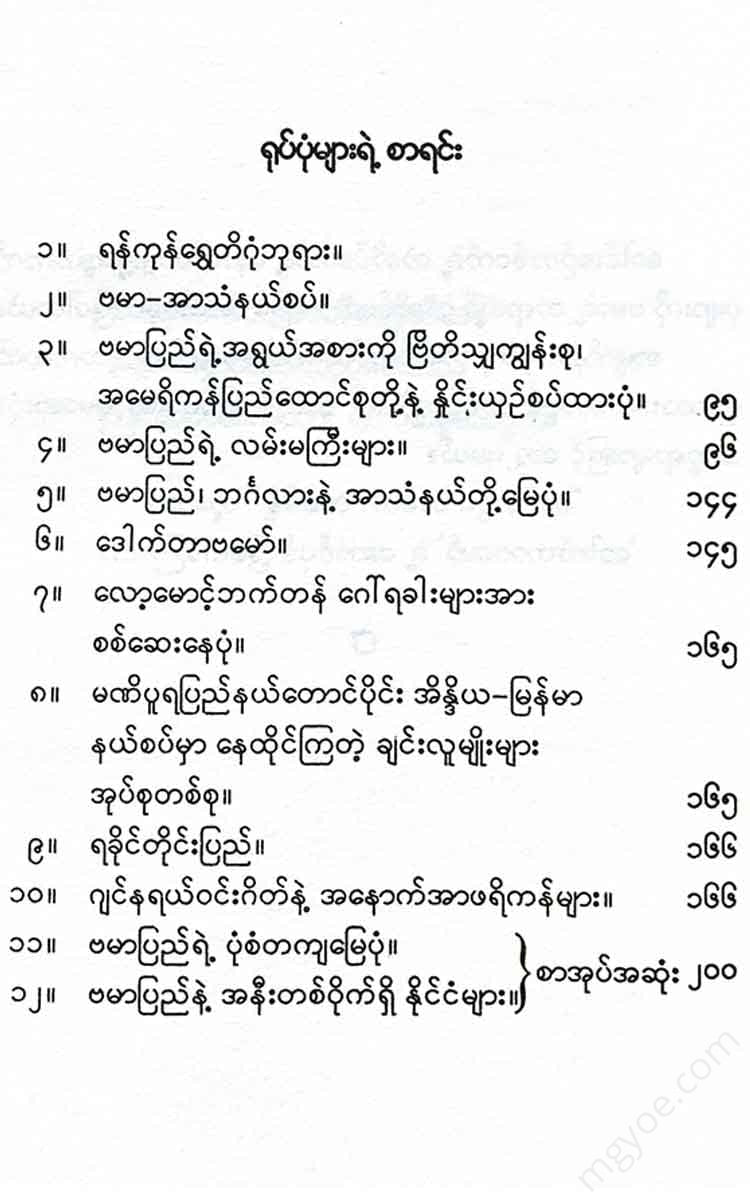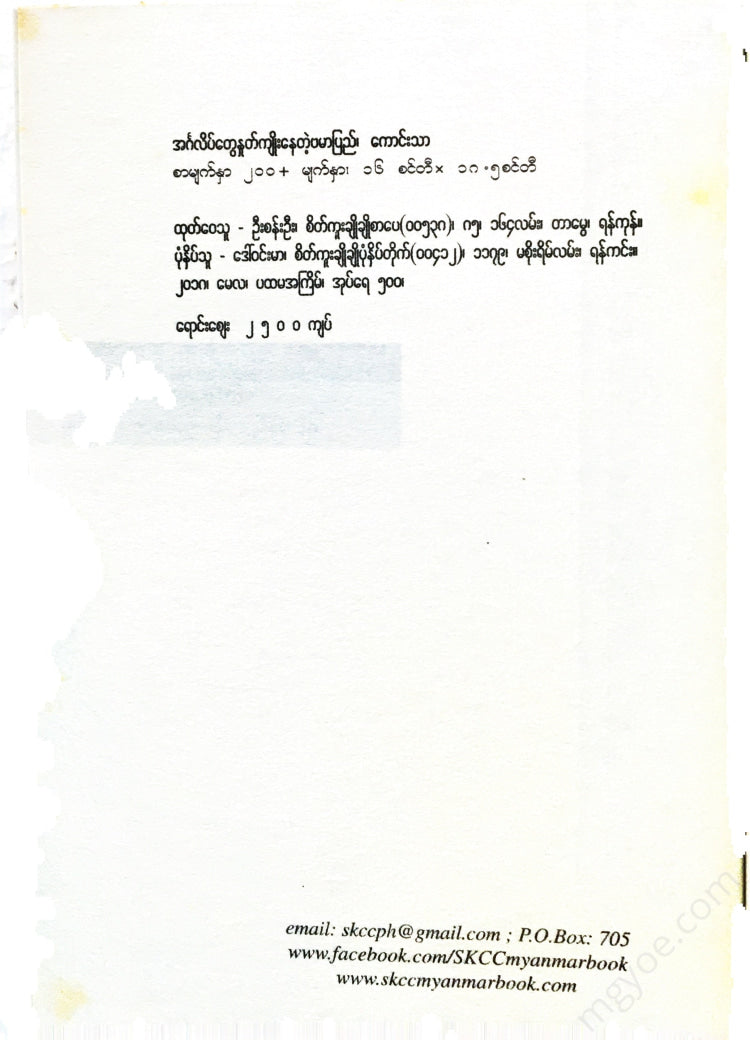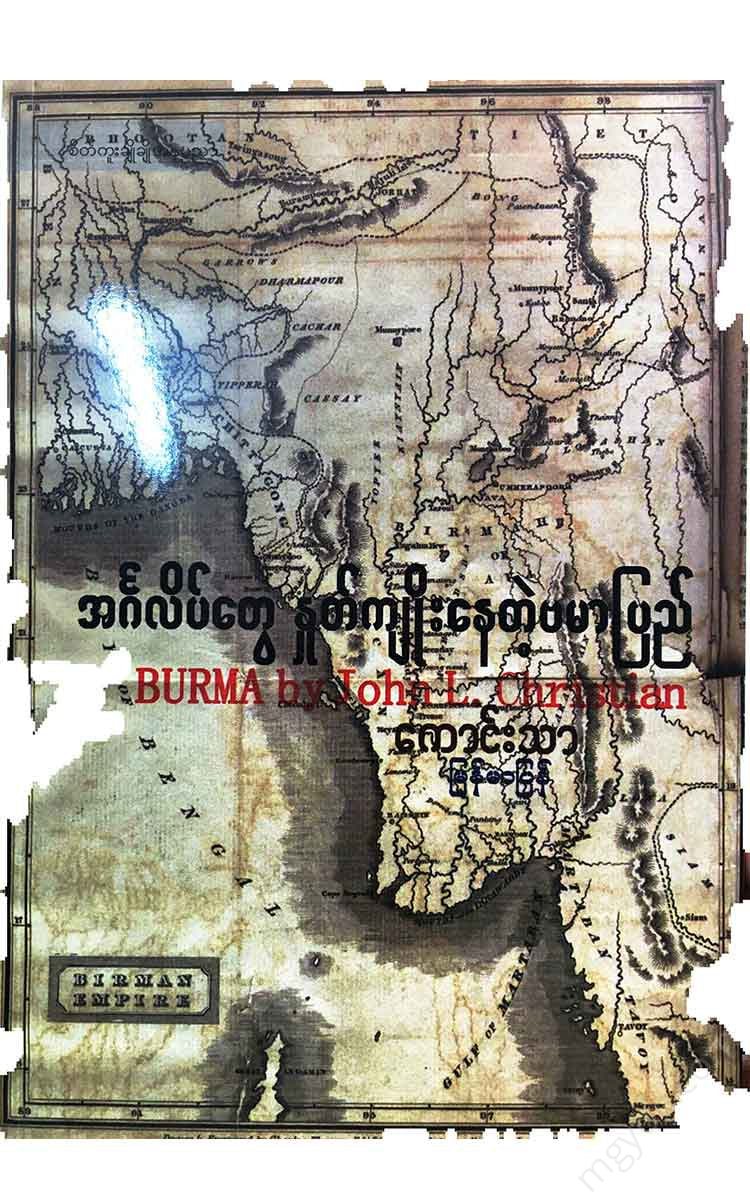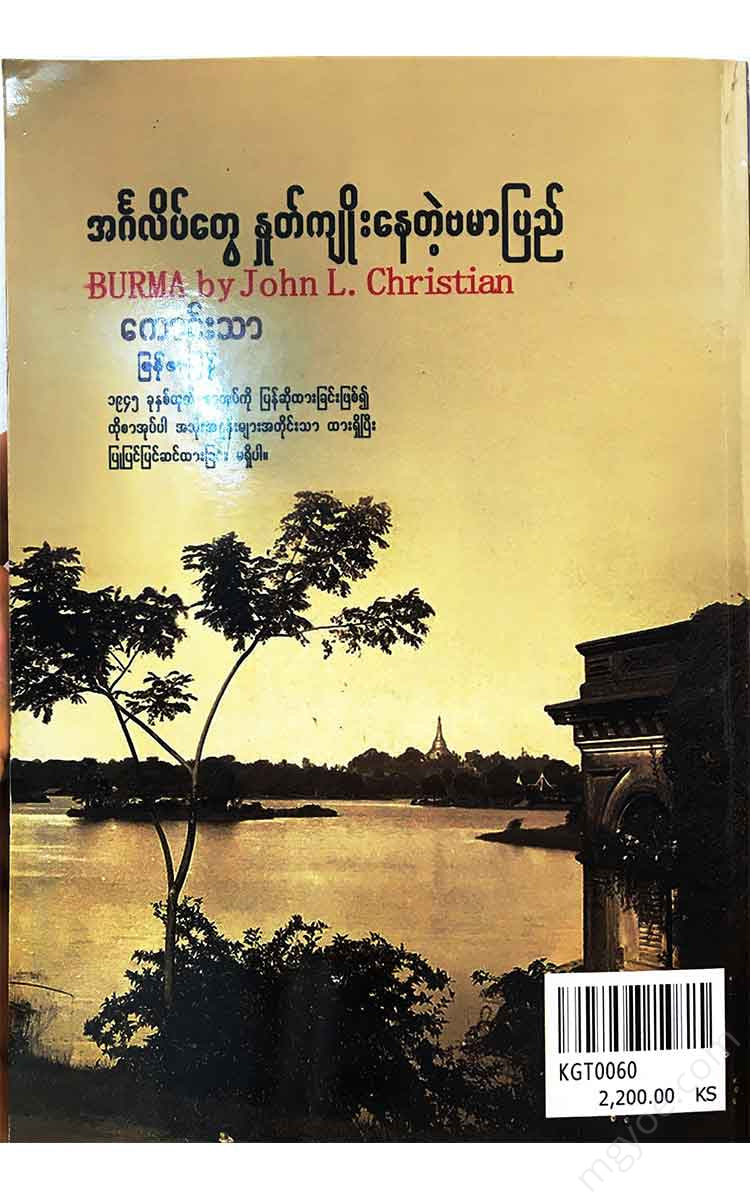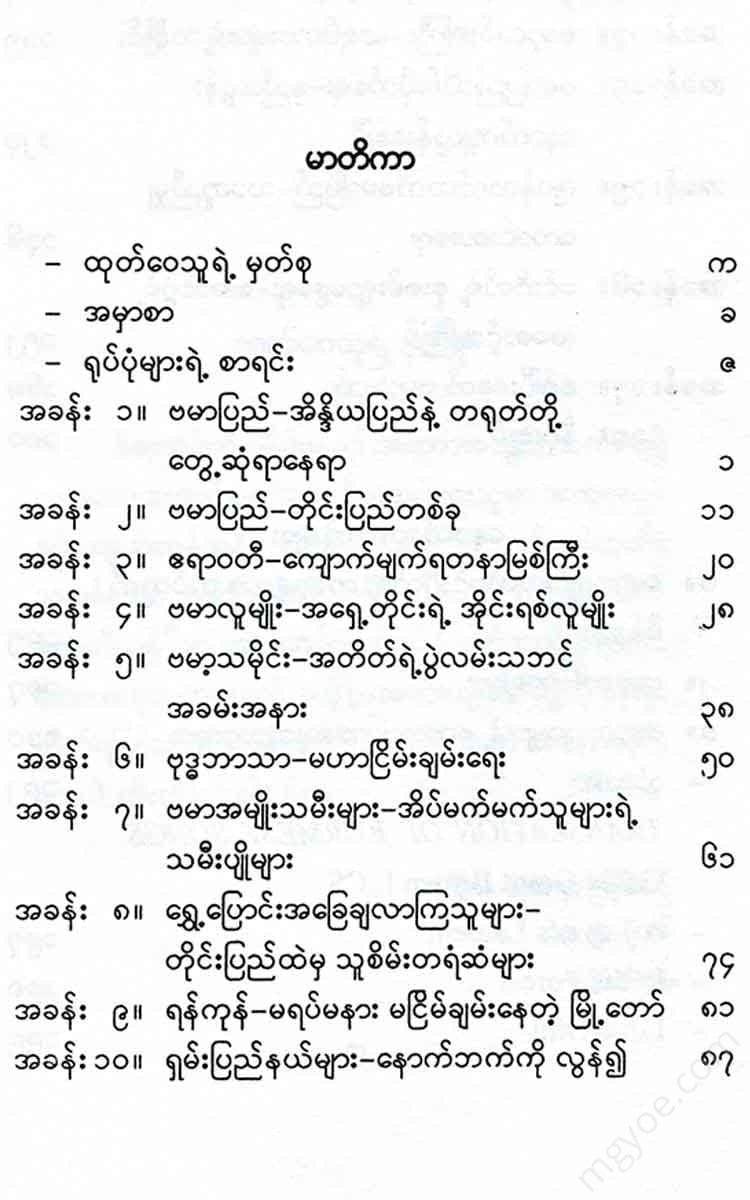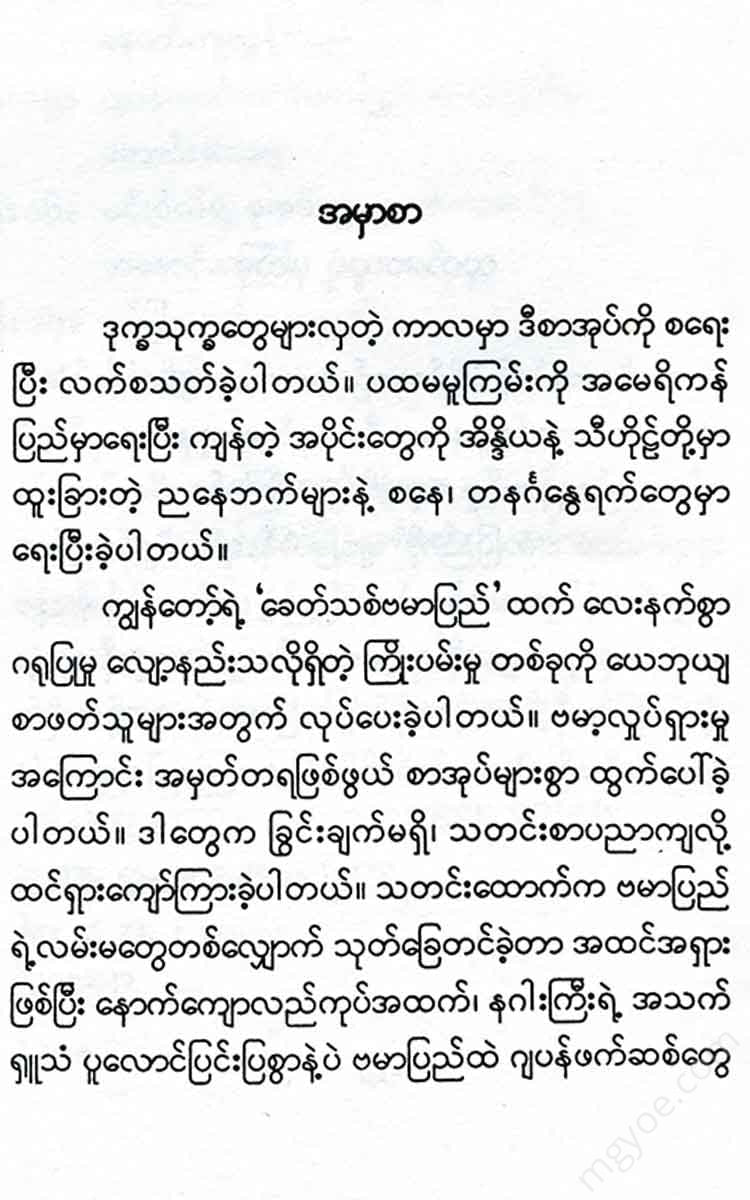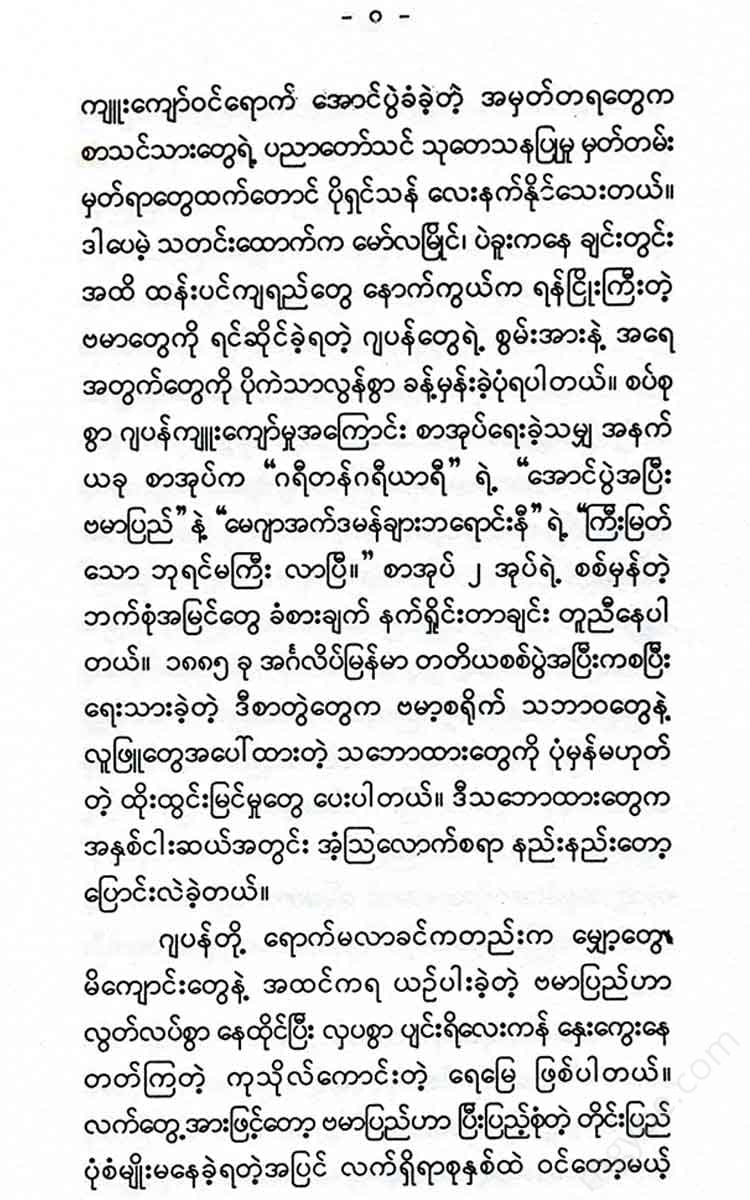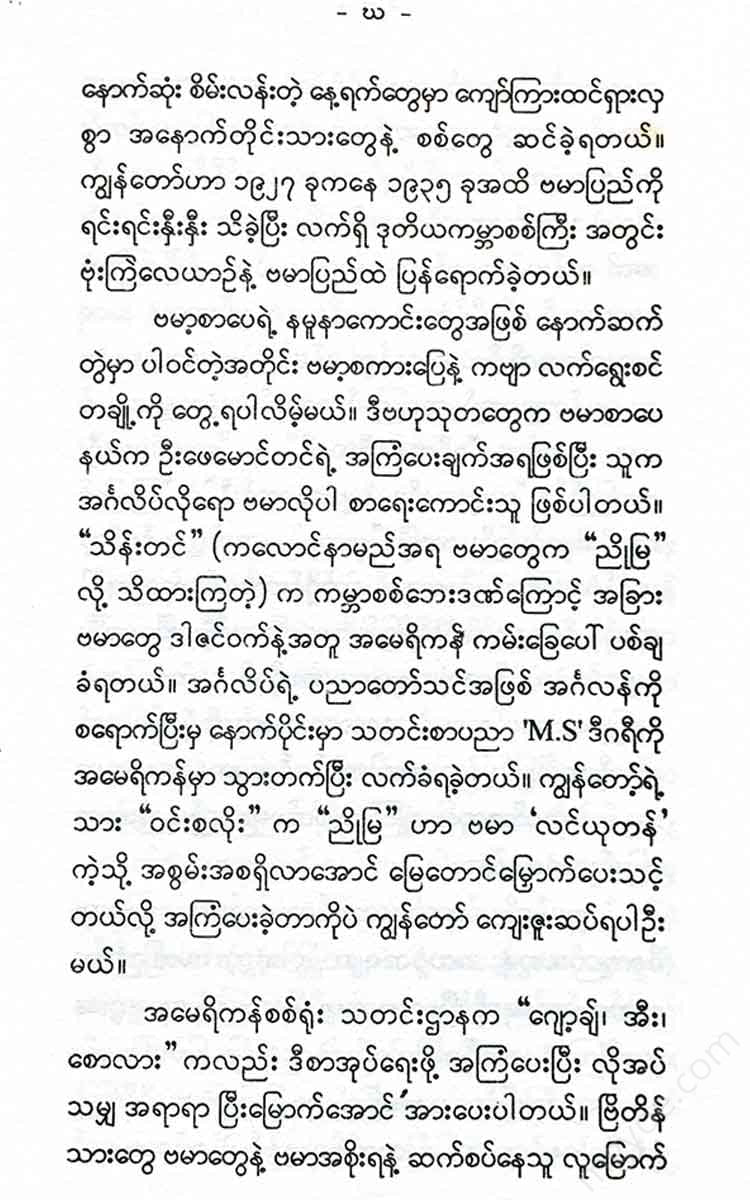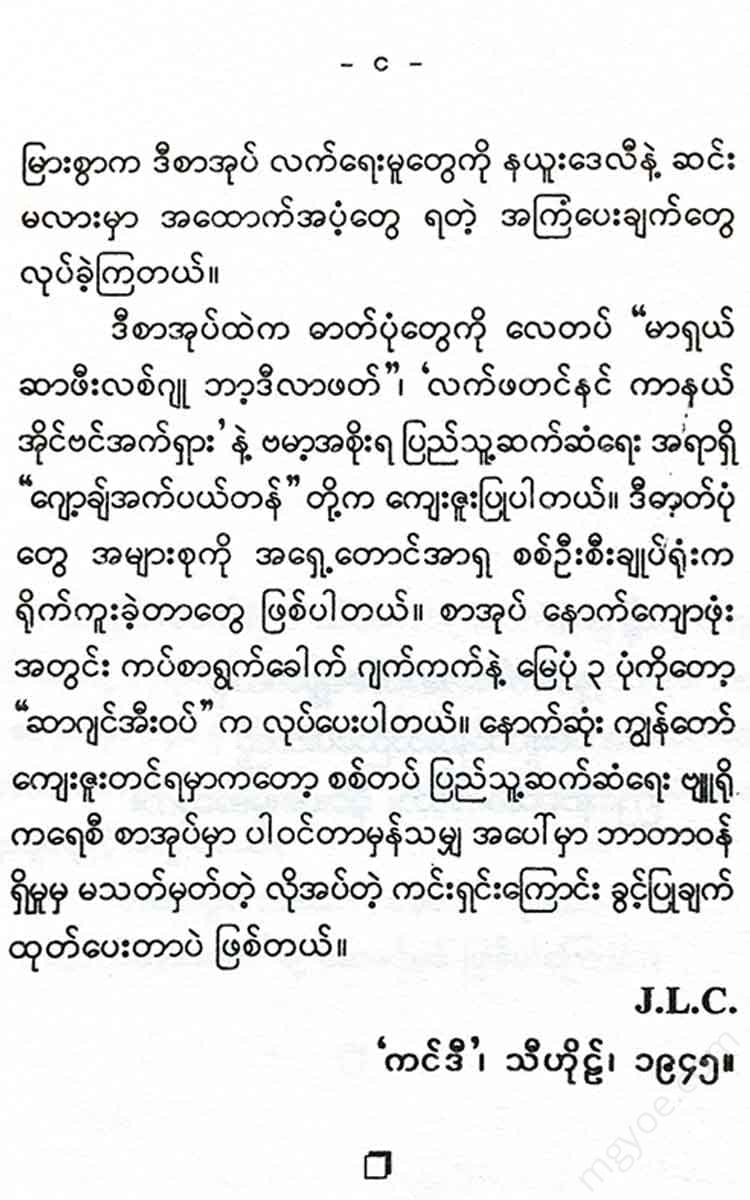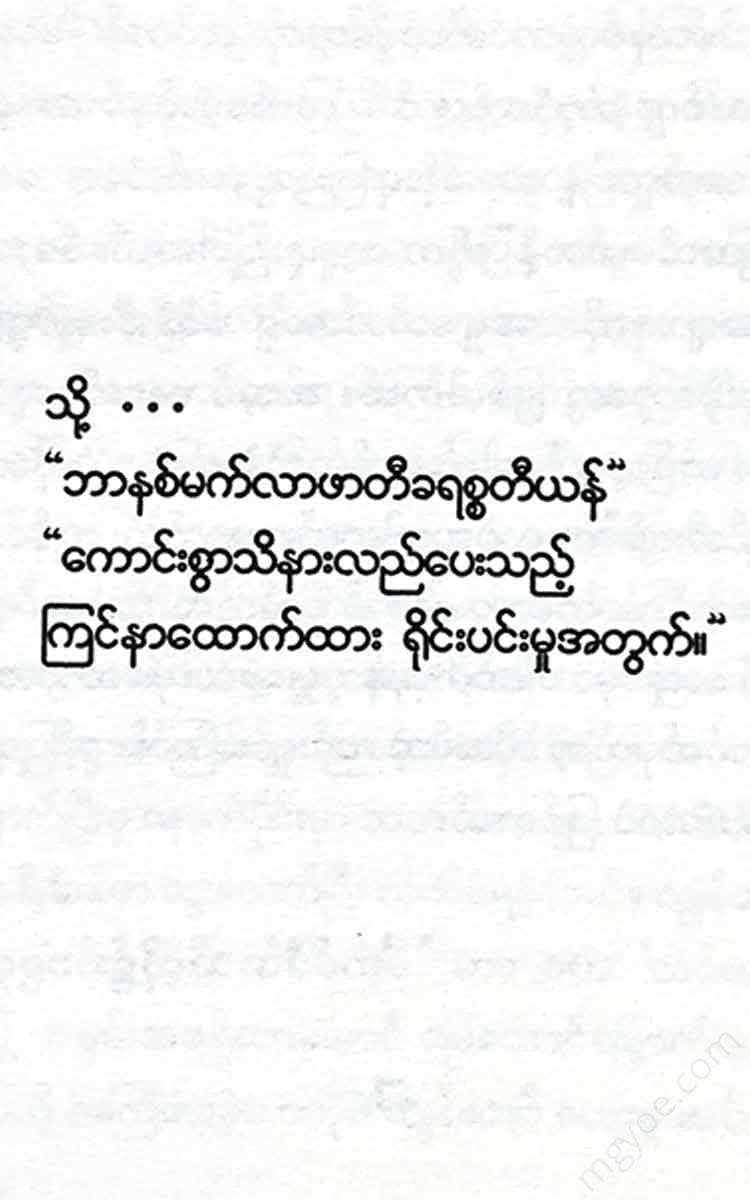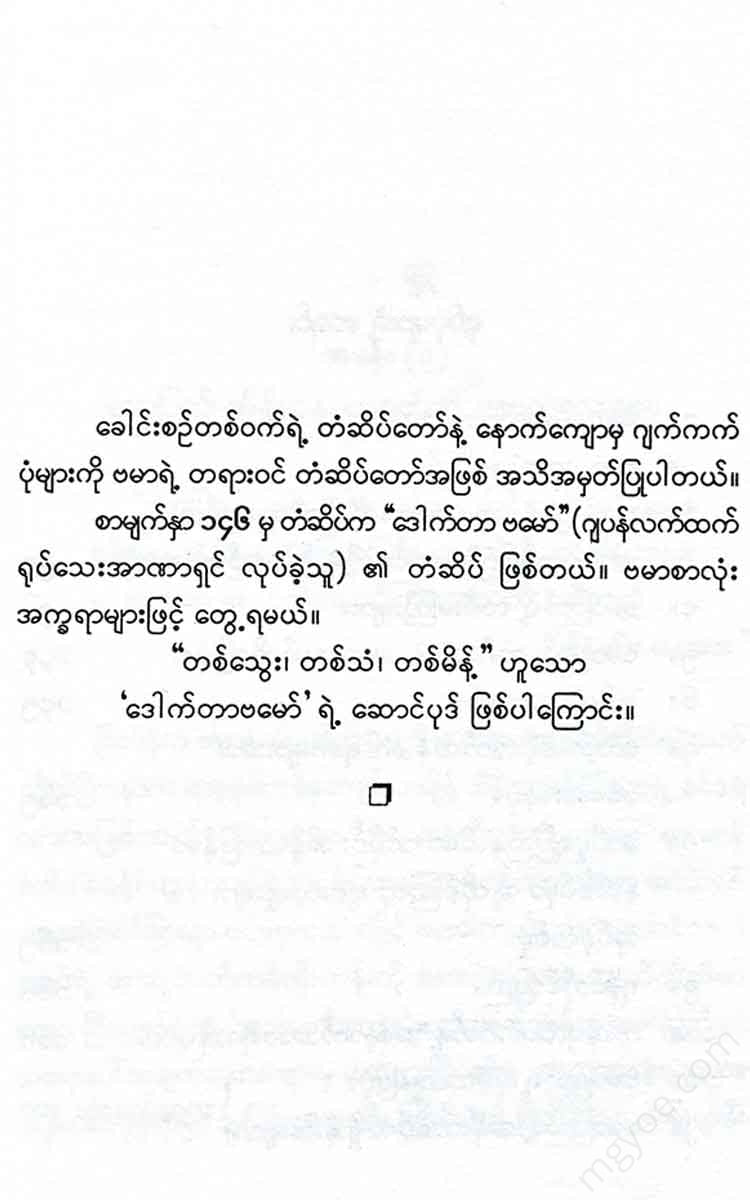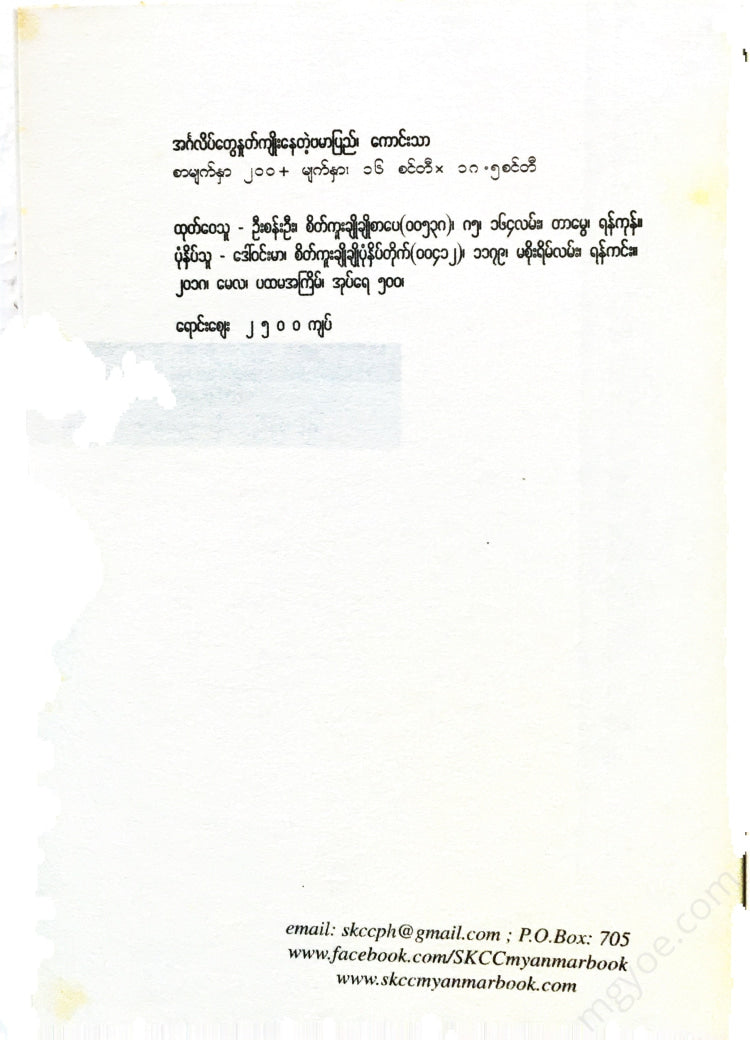စိတ်ကူးချိုချိုစာပေ
Kaungtha - Burma, a land torn apart by the British
Kaungtha - Burma, a land torn apart by the British
Couldn't load pickup availability
“Burma. The Ayeyarwady Valley region, which includes Shan State, northern Rakhine State, and northern Tanintharyi, is called from Bhamo to the sea.”
" Gee, Ee, Harvey"
For over a century after the British annexed Burma in 1826, the “Land of the Temples” was considered the Cinderella of the Indian Empire, providing rice, oil, teak and a host of other useful resources for the empire’s industries. The tranquil setting of the eastern coast of the Bay of Bengal is a backdrop to the “
Burma, a perfect “Arcanian” land, was removed from the emergency signals and kept away from war. There was no dispute in the Indian Ocean. Burma, your northern and eastern frontier, protected as a coastal province of the dominant British Empire, was a “vast military barrier” described by Sir George C.
The Burmese call their beloved silk-rich eastern region the “Land of Gold.” The rice fields are green from May to October, and in November, when the rice fields ripen, the Ayeyarwady Delta becomes a golden yellow. From Bhamo to Victoria Point on the Chinese border, in every village in the four hundred miles of Burmese countryside, you will see golden pagodas and monasteries, with robed monks walking around the village in the early morning hours, begging for alms.
Among the experiences that one gets only once in a lifetime, the first time one approaches the Yangon River is a delightful experience. As the captain of the ship, U Sin U Kin, approaches the shore, the traveler catches his first glimpse of the Burmese port. In the distance, fishermen returning home after fishing at night can be seen, and buffaloes wallowing in the mud on the banks of the Yangon River. As the ship approaches Yangon, the first sight that takes your breath away is the magnificent, majestic, and majestic Shwedagon Pagoda, 368 feet high and covered in gold and jewels, considered the most sacred and sacred place in the entire Buddhist world. The Shwedagon Pagoda, located on the highest hill in Yangon, can be seen from over 20 miles away, glowing under the lights at night and shining golden in the sunlight during the day.
For those who loved and understood it well, Burma has always been a land of lotuses and rainbows, and now it is deeply affected by the Japanese invasion and occupation. As the beautiful words of “Trisha Ke” say, “A man understands what he loves,” the misunderstanding of this land of Burma in the Far East may have genetic causes. If you are a native of Burma, you will recognize the many outstanding qualities of the Burmese. You will understand it just by visiting the homes of the Burmese, becoming friends with the elders and talking to them. Burmese language and literature
If we all learn to love, this discovery will no longer be a “far-flung Far Eastern brain.” While working together,
I will never forget the joy of camaraderie while playing, and the hospitality of the rulers of the blue Shan Mountains while traveling by train and steamship.
For a long time, Burma was considered a part of India by the Western world as a province of the old British Indian Empire (1826-1937). Spiritually, the Burmese were Buddhists, and India had disappeared as a natural territory. Ethnically, the people first encountered the Mongols on their journey east along the southeastern coast. Politically, Burma had known nothing more than a feudal system for over a thousand years before the British invaded and annexed it in 1885. It was an accident of history that it was merged with India. It was divorced from India in April 1937. The Chief Justice of Burma, Sir Atsabake, advocated complete independence, economic development, and political status, but not self-government.
The Burmese are similar to the Mongol-Tibetan peoples and are grateful for the gift of philosophy, religion, and government from India. But the name of the country did not come from the Indian “Brahmin” but from the Chinese “Mian”. The Burmese individualism was absorbed by the masculine culture of India and China and protected by the dense mountains on the western side of the Bay of Bengal.
The Burmese, who are Buddhists, love beauty and seek pleasure for their own sake. They do not allow themselves to be disturbed by their own desires. They do not feel bad towards strangers. The sharp decline in economic competition with foreigners (mainly India and China) is due to the Great Depression of the 1930s. Until then, foreign visitors, the British, the 1.5 million Chinese, and Indian immigrants had taken advantage of the friendly Burmese. The entire social structure was democratic. There was no caste system, and poverty was more widespread than in India or China.
Burmese women have full property rights and live independently. Their simple, lovely sense of style allows them to choose their own colors and accessories. These are the results of centuries of worshipping beauty.
There are actually two types of Burmans. The first is the “Lower Burmans.” They include those Burmans who came under British control after the First Anglo-Burmese War of 1824 and the Second Anglo-Burmese War of 1852. The Ayeyarwady Delta, the Sittwe and the Salween River basins. These areas are the center of all the country’s agricultural wealth. These paddy fields account for 3,000,000 tons of rice exported annually from Yangon , the largest rice exporter in the world. There is also the Tanintharyi Division. The main resources in this region are copper and teak, and the islands extend down to the Malay Peninsula and Singapore.”
The second Burma is a completely different country. It is a mountainous country with a series of mountains running from north to south.
The southern valleys are effective. This part of Burma includes Assam, Tibet, and the Yunnan provinces of China, as well as the peaceful Shan region, the warlike Kachin, the headhunting Nagas, and the wild lands. Rare ethnic groups include the Rakhine Hills, the small Padang ethnic group of the Karenni (Kayah) state bordering Thailand. The Padang are women who wear “brass rings” around their necks. The northernmost region, which is not governed by any government, is bordered by Tibet to its west. Since 1930, the British Expeditionary Force has enslaved 9,000 people in the Dihu Kwang region.
Kyaw was released. This area is a prime hunting ground and a highway is being built into China.
Northern Burma is rich in mineral resources, with oil wells running through the centre of the country. North of the ancient capital of Mogaung is a malaria-prone area and a region of jade, prized by the Chinese. It is said that more than 6,000 Chinese traders died in the 19th century while searching for jade in the Chinese temple at Amarapura, the ancient Burmese capital. Amber is mined in Hukaung, and rubies are mined in Mogaung. It is over 100 miles from Mandalay. The crown jewels of British princes are said to have come from this region. Mogaung’s most famous gem is the “Peace Ruby”, which was found on Armistice Day in 1918 and is said to have sold for about £800 a carat. It weighed 42 carats. The artifacts from this region, just a few miles from the Chinese border, were excavated before World War I by the Burma Corporation, founded by "Mr. Herbert Hoover."
The most attractive part of Upper Burma is the Shan Mountains, which are a magnet for all who come. The heat of the railway as it passes through the plains and the heat of the plains passes through the towns along the way, such as Tha Si (Peaceful), Pan Sa Gan Su (Five Pagoda), Sin Taung (Elephant Mountain), Myint Taung (Horse Watering), Aung Than (Bouquet of Success), and Taunggyi (Great Mountain). Near Taunggyi, there is a Gorkha Garden where you can exercise in the hot season and enjoy a walk of over a hundred miles.
The best way to see King Thibaw's Burma is by steamboat, which takes you from Bhamo, the Chinese border town of Nam Kham, to Lam Phan, Chin Mai and other Thai towns.
